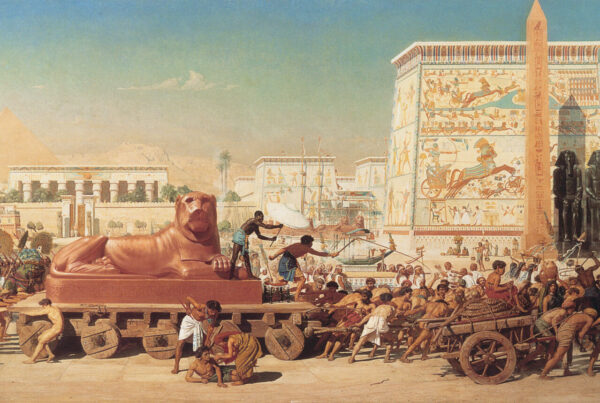The authenticity of the entire Christian belief system rests fundamentally on the Genesis narrative, particularly the Flood model. If the Genesis story is proven false, the entire system is destroyed. This belief system is supported by observable evidence, contrasting sharply with the theory of evolution, which is argued to be based on four major ideas, none of which have ever been observed.
The evidence supporting the Bible is drawn from several key areas:
- Critique of Evolution: The sources argue that evolution fails based on four unobserved postulates:
- Abiogenesis: There is no single example of life coming from non-life.
- Cellular Gaps: There is a lack of evidence for a transition from single-cell life forms (bacteria) to complex life forms, as no two-, three-, four-, or five-cell life forms have been observed.
- Time and Chance: The complexity of forming even a simple protein by accident is statistically impossible, suggesting that time and chance work against evolution.
- Micro vs. Macro: Minor genetic variations within species (micro-evolution, which the Bible describes as producing “after their own kind”) are improperly used as evidence for macro-evolution (the claim that species turn into entirely different forms, like fish turning into cows).
- Evidence of Design and Limits: The existence of codes in DNA is cited as evidence of intelligence, reinforcing the idea that “where there’s a design there must be a designer”. Furthermore, limits exist in species variation; while dogs can be bred for different traits, cats cannot be bred with dogs, supporting the biblical concept that life produces after its own kind.
- The Worldwide Flood: Physical evidence suggests the Earth experienced a worldwide flood approximately 2500 BC. This evidence includes the entire Earth being filled with limestone (a sedimentary rock that precipitates out of water). Additionally, sea life has been found on top of every mountain chain in the world, including Everest, indicating that the mountains rose out of the water following the deluge.
Ultimately, for those struggling with doubt, the speaker assures that the evidence is readily available. Faith is presented not as believing a fairy tale, but as trusting in God, who has provided a “preponderance of evidence” through creation, conscience, and the work of Jesus Christ. Viewing the evidence without presuppositions is essential to realizing that the facts support God’s word.




